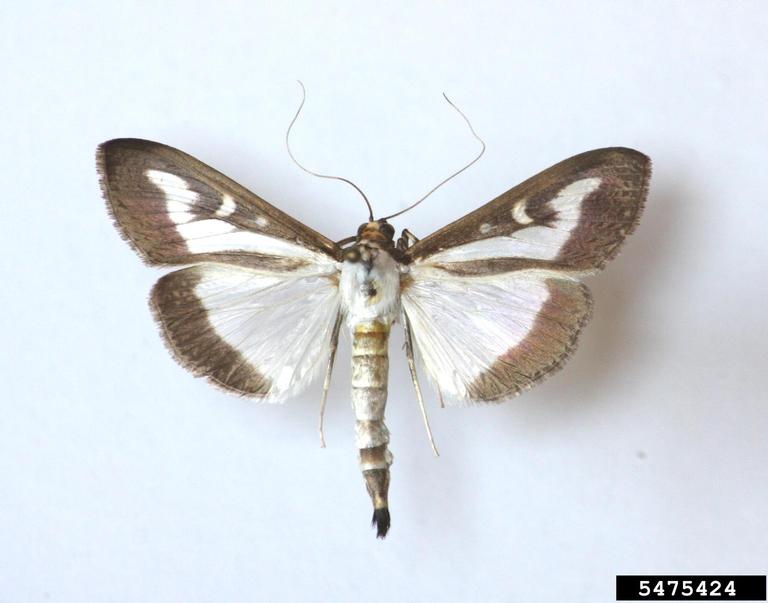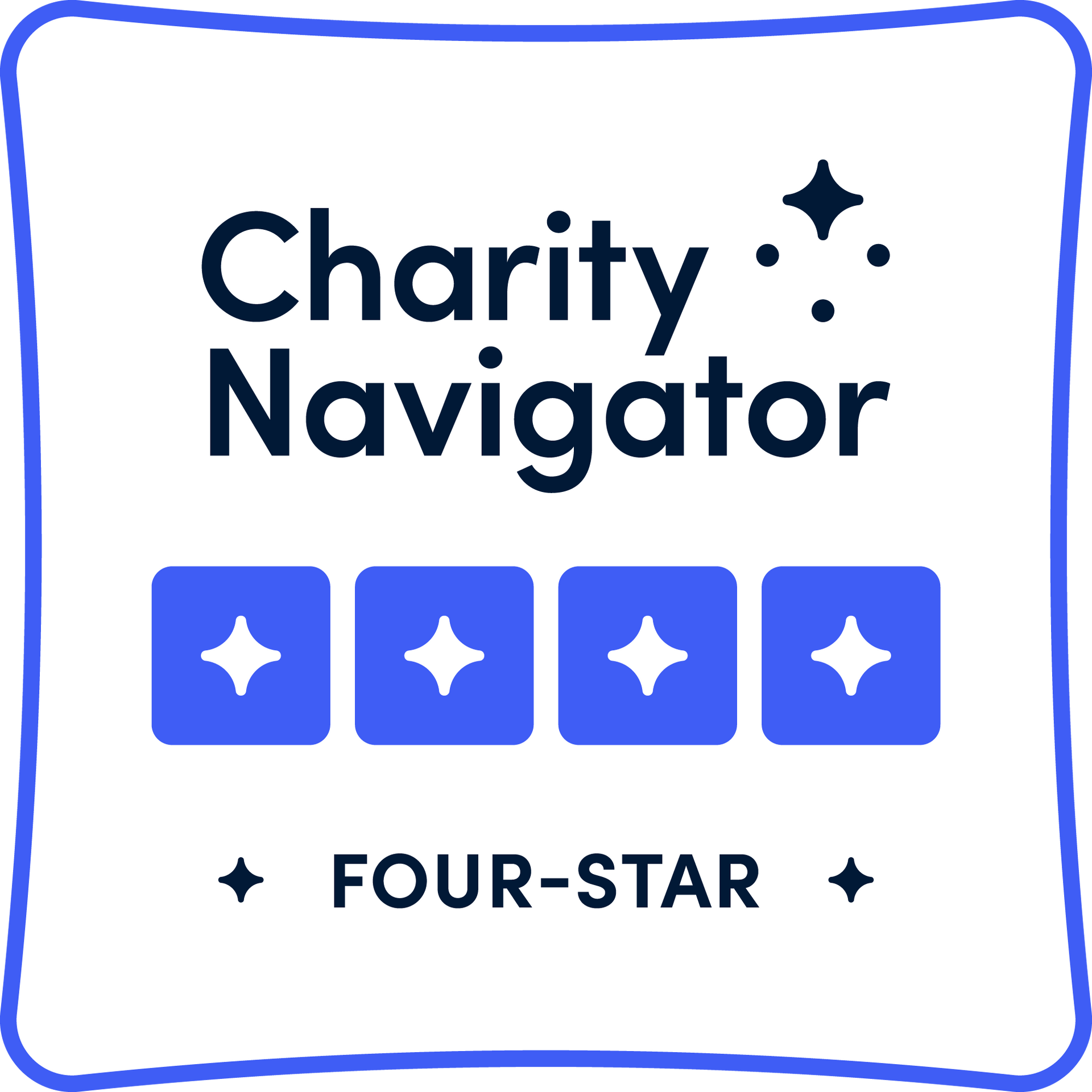By Horticultural Research Institute
•
September 9, 2019
Back in the late 2000s and early 2010s, before boxwood blight became a household name among nurseries, growers reported a slump in sales of boxwood and plentiful inventory. This was during the period where the great recession was in full swing and new housing construction was at low levels. Fast-forward a few years, and it’s a whole different story. The recession ended, and the U.S. real estate market rebounded. Growers now report an inability to meet consumers’ demands for boxwood—a good scenario! Boxwood is the #1 woody plant sold in the U.S. In 2014, the USDA National Agricultural Statistics Service estimated the value of U.S. boxwood production at over $126 million, beating azalea, holly, hydrangea, arborvitae, and many others. Even some greenhouse producers are handling boxwood at certain times of the year. With demand for boxwood at an all-time high, it’s unfortunate that growers must contend with boxwood blight, the impact of which is increasingly felt in production. The costs to grow boxwood have reached an all-time high as well for most growers. While other diseases and pests threaten boxwoods—such as boxwood leafminer, Volutella, and mites—boxwood blight, caused by Calonectria pseudonaviculata, is the primary concern in the US at the moment. This was confirmed at the recent American Boxwood Society (ABS) meeting, where new developments in boxwood blight research were featured. Some in the industry are concerned that the U.S. is on the cusp of exponential boxwood blight spread. “The American Boxwood Society was overwhelmed at the response to the Boxwood Blight meeting in Beltsville on February 20, 2018,” commented Bennett Saunders, President of ABS. “It is obvious to the Society that the industry is very interested in fighting this disease. Indeed, the talks centered on keeping the disease out, but there is an increasing realization that in the future we will manage the disease through better pruning techniques, better ground cover management, more resistant cultivars, and other practices. As this disease becomes better managed, we see a continued strong demand for this ‘Aristocrat of Plants’, in spite of the higher cost of production.” To date, boxwood blight has been positively identified in 25 states. However, consensus among researchers is that it is likely present throughout the contiguous U.S. wherever there is a sizable population of boxwood. Any state where boxwoods are used in the landscape, but the disease hasn’t been reported, may just not have been identified yet. In any event, incidence of boxwood blight is increasing, both in production and landscape settings, as well as in cut greenery. Several reports emerged during the 2017 holiday season of boxwood blight-infected cuttings used and sold in wreaths and greenery in floral arrangements; horticultural inspectors issued quarantines on some of this material. Margery Daughtrey, Senior Extension Associate with Cornell University specializing in ornamental plant pathology, noted, “In any given locality, the fungus that causes boxwood blight is usually moved only short distances, mostly by rain splash, or wind-driven rain…but we help it out in its distribution by inadvertently moving infected plants over large distances via the nursery trade. Diseased boxwood leaves and cankered shoots travel via B&B material, gallon containers, and even in Christmas wreaths.” In parts of Europe, where boxwood blight has become almost ubiquitous in production and landscapes, treatment with fungicides is the norm. Eradication is not their primary control strategy, since the disease is widespread. The U.S. may get to that point – or maybe not. Our industry strategy is to keep boxwood blight out of areas, especially historic gardens - relying on a “start clean, stay clean” mantra. Time will tell how successful we are. In the interim, research continues. Though boxwood blight was only identified in the U.S. in Fall 2011, a tremendous amount of research has been done since then. From 2014 to 2017, USDA APHIS has dedicated over $2.7 million to boxwood blight research through the Farm Bill, Section 10007. Additional research funds have come from the Floriculture and Nursery Research Initiative program through USDA ARS and the IR-4 Ornamental Horticulture Program with funding from USDA APHIS and USDA NIFA. The Horticultural Research Institute (HRI) sponsors research directly in tandem with its education and advocacy efforts. Early research efforts focused on fungicide efficacy trials. Since then the research has morphed into the investigation of novel control strategies and longer-term solutions. Dr. Chuan Hong, Virginia Tech, is coordinating a number of valuable research projects with a “you got questions, we got answers” attitude. One example is the evaluation of mulch to help prevent spread in landscape situations. The spores of C. pseudonaviculata are very large and sticky; therefore, they do not readily spread via air currents. Tools, boots, rain splash, animal movement (even cats and dogs!), and infected plant material are prime ways boxwood blight is transmitted. Dr. Hong has found that mulching can effectively suppress disease through reduction in rain splash transmission and possibly by a change in the microbiome. Dr. Anton Baudoin, Virginia Tech, is considering the impact of mulch in production. Dr. Hong is also working with Dr. Len Coop, Oregon State University on development of a boxwood blight forecasting model. The model can be found online now but should only be used as reference at this point. Future validations are needed and will enable it to more accurately serve as a guide for fungicide applications. Release of a mobile app is expected later this year. Regarding fungicides, Dr. Jim LaMondia, Connecticut Agricultural Experiment Station, has been testing the efficacy of commercially available products. Dr. LaMondia’s work has indicated some potential, early curative effects from certain demethylation inhibitor (DMIs, also known as sterol biosynthesis inhibitors or FRAC code 3) fungicides. More work is needed here, since many DMIs regulate plant growth or can cause severe plant injury. Dr. LaMondia is also considering the impacts of alternate host plants, such as Pachysandra and Sarcococca, on disease development. Pachysandra production is different than boxwood and is not considered a likely source of boxwood blight. However, Pachysandra can serve as a reservoir for the pathogen in landscape settings. Sanitation should always be a consideration – regardless of what disease is at play - for both producers and landscape managers. Several products are effective, such as ethanol, bleach, Lysol™, and Zerotol™. Ethanol, in particular, has been shown to effectively kill C. pseudonaviculata microsclerotia. This is great news because microsclerotia are masses of hardened fungal material capable of tolerating extreme weather conditions for an extended period of time. Microsclerotium formation is one way boxwood blight can persist in the soil for a very long time. Other key research areas include biocontrol options, betterment of diagnostic tools (maybe even one suitable for field use!), the disease cycle, and a breeding program. Finding tolerant boxwood varieties is a critical need identified by many throughout our industry. Mark Sellew, President of Pride’s Corner Farm, added, “At Prides Corner Farms we still grow and sell susceptible varieties but have dramatically changed our cultural practices to minimize disease pressure from limited access to the plants, to careful water management and finally to an aggressive chemical program with multiple MOA’s.” “I believe our industry has to do a better job of policing ourselves, particularly when it comes to growing very susceptible varieties like Buxus suffruticosa. This plant, in my opinion, should be absolutely banned. It is highly susceptible and is most likely spreading the disease and jeopardizing the future market potential of the entire genus of Buxus.” Once boxwood blight was discovered in the U.S, HRI acted quickly and established a fund for boxwood blight research, making some of the first fungicide efficacy trials possible. Since then, HRI has continued support of the industry by leveraging these funds for additional support and the development of a best management practices (BMP) document through collaboration with AmericanHort and the National Plant Board. The BMPs help gold standard growers ensure clean boxwood production. One of HRI’s latest projects is working with researchers towards a standardized protocol where boxwood varieties can be assessed for boxwood blight tolerance. Previous studies have been conducted to evaluate boxwood varieties in terms of tolerance and susceptibility; however, the studies varied in methodology and, in some cases, results. Due to this variability, a more streamlined approach is desired. The boxwood blight research fund was reopened in 2018 and is now accepting donations to help guide the industry towards production of boxwood blight tolerant varieties. ### Jill M. Calabro, Ph.D. is science and research programs director at the Horticultural Research Institute, the AmericanHort research and scholarship foundation. The Horticultural Research Institute (HRI) has provided more than $7.5 million in funds to research projects covering a broad range of production, environmental, and business issues important to the green industry since 1962. Nearly $11 million is committed to the endowment by individuals, corporations, and associations. For more information about HRI, its grant-funded research, or programming, visit www.hriresearch.org or call 614-884-1155.






